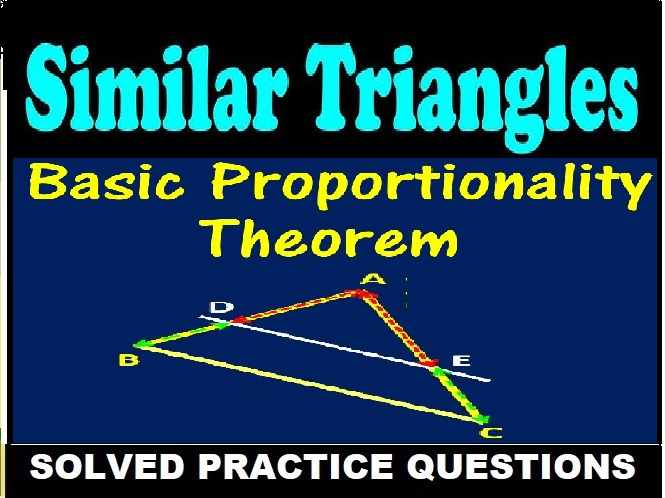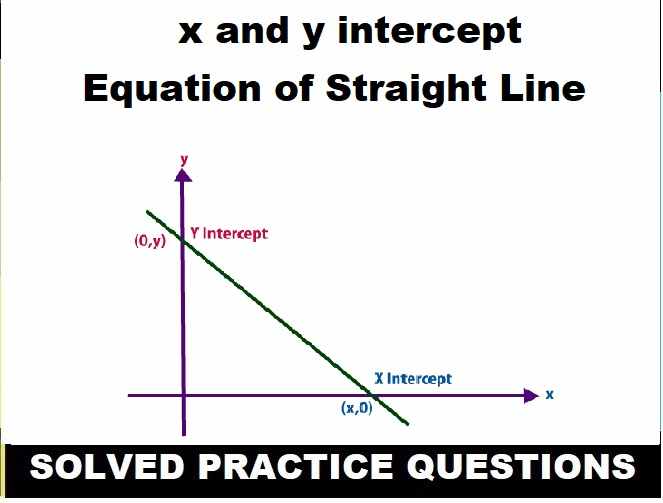Upthrust in Fluids, Archimedes’ Principle and Floatation Exe-5C Floatation Very Short Answer Type for Class-9 ICSE Concise Physics. There is the solutions of Very short Answer type Questions of your latest textbook which is applicable in 2025-26 academic session. Visit official Website CISCE for detail information about ICSE Board Class-9.
Upthrust in Fluids, Archimedes’ Principle and Floatation Exe-5C Very Short Answer
(ICSE Class – 9 Physics Concise Selina Publishers)
| Board | ICSE |
| Class | 9 |
| Subject | Physics |
| Writer / Publication | Concise selina Publishers |
| Chapter-5 | Upthrust in Fluids, Archimedes’ Principle and Floatation |
| Exe – 5C | Floatation |
| Topics | Solution of Exe-5(C) Very Short Answer Type |
| Academic Session | 2025-2026 |
Exe-5C Floatation Very Short Answer Type
Ch-5 Upthrust in Fluids, Archimedes’ Principle and Floatation Physics Class-9 ICSE Concise
Page 136
Que-1: State the principle of floatation.
Ans: According to the principle of floatation, the weight of a floating body is equal to the weight of the liquid displaced by its submerged part.
Que-2: When a piece of wood is suspended from the hook of a spring balance, it reads 70 gf. The wood is now lowered into water. What reading do you expect on the scale of spring balance?
Ans: The reading on the spring balance will be zero because wood floats on water and while floating the apparent weight = 0.
Que-3: How does the density ρ of a substance determine whether a solid piece of that substance will float or sink in a given liquid ρL?
Ans: The body will float if its density is less than or equal to the density of the liquid. ρS ≤ ρL
The body will sink if its density is greater than the density of the liquid. ρS > ρL
Que-4: A body floats in a liquid with a part of it submerged inside the liquid. (i) Is the weight of floating body greater than, equal to or less than the upthrust? (ii) What is the apparent weight of the floating body?
Ans:
(i) Weight of the floating body is equal to the upthrust.<
(ii) While floating, the apparent weight is zero.
(Upthrust in Fluids Exe-5C Very Short ICSE)
Page 137
Que-5: What can you say about the average density of a ship floating on water in relation to the density of water?
Ans: Due to the hollow and empty space in the ship, the average density of a ship is less than the density of water.
Que-6: Two identical pieces, one of ice (density = 900kg per meter cube) and other wood (density = 300kg per meter cube) float on water.
(a) Which of the two will have more volume submerged inside water
(b) Which of two will experience more upthrust due to water.
Ans: (a) Ice will be more submerged inside water. Ice has a greater density than wood, although the volume of both is the same. So to support a greater amount of weight, ice needs to displace more water, and to displace more water, it has to be submerged more as compared to wood.
(b) As ice displaces more water, it will experience more upthrust.
Que-7: A piece of ice floating in a glass of water melts, but the level of water in the glass does not change.
Give reasons.
Hint: Ice contracts on melting.
Ans: When a floating piece of ice melts into water, it contracts by the volume equal to the volume of ice pieces above the water surface while floating on it. Hence, the level of water does not change when ice floating on it melts.
Que-8: What can you say about the average density of a ship floating on water in relation to the density of water?
Ans: Due to the hollow and empty space in the ship, the average density of a ship is less than the density of water.
Que-9: A buoy is held inside water contained in a vessel by tying it with a thread to the base of the vessel. Name the three forces that keep the body in equilibrium, and state the direction in which each force acts.
Ans: Forces acting on the body are listed below:
(i) Weight of the body vertically downwards.
(ii) Upthrust of water on body vertically upwards.
(iii) Tension in thread vertically downwards.
Que-10: A piece of ice floating in a glass of water melts, but the level of water in glass does not change. Give reason.
[Hint: Ice contracts on melting]
Ans: When a floating piece of ice melts into water, it contracts by the volume equal to the volume of ice piece above the water surface while floating on it. Hence, the level of water does not change when the ice floating on it melts.
— : End of Upthrust in Fluids, Archimedes’ Principle and Floatation Exe-5C Very Short Answer Type Solutions :–
Return to Concise Selina Physics ICSE Class-9 Solutions
Thanks
Please share with your friends


